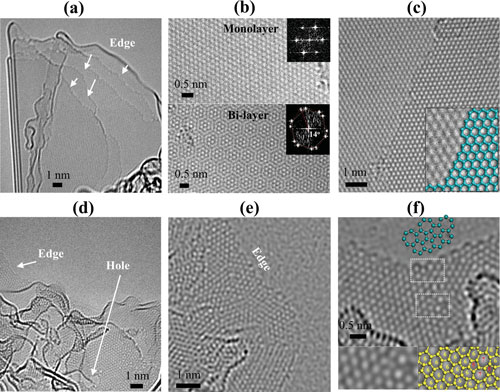New synthesis method for graphene using agricultural waste |
|
| (Nanowerk Spotlight) The four major synthesis methods for producing graphene are: chemical vapor deposition (CVD) on metallic films, the epitaxial growth on silicon carbide, liquid exfoliation of graphite crystals, and the chemical reduction of graphene oxide. | |
| Using these processes it is possible to produce high-quality and large-sized graphene in large quantities. However, they all come with drawbacks as well: the complexity of the CVD process – including high temperatures and expensive substrates – makes it not very suitable for bulk production; epitaxial growth provides a wafer-scale graphene, but silicon carbide is expensive and this process requires high temperature above 1500°C; and exfoliation or chemical reduction of graphite oxides can produce graphene in a scalable manner although the use of toxic chemical agents as well as complex processing requirements tends to complicate the scaling up of such processes. | |
| In new work, researchers have now proposed an alternative way of making graphene from rice husk. They reported their findings in the March 27, 2014 online edition of Small (“Rice Husk-Derived Graphene with Nano-Sized Domains and Clean Edges”) | |
 |
|
| Atomic-scale TEM images of crystalline micro-sized graphene: (a) crystalline-graphene with an exposed edge-rich structure; (b) monolayer graphene (upper) and bilayer graphene exhibiting 14° stacking rotation (bottom); (c) AA stacking exhibiting zigzag edges. Atomic-scale TEM image of corrugated graphene: (d) corrugated graphene exhibiting an edge- and nanopore-enriched structure; (e) clean edges with domains a few square nanometers; (f) localized topological defects in the edges and hexagonal carbon lattices. Note that the five- and seven-membered rings are clearly shown. (Reprinted with permission from Wiley-VCH Verlag) (click image to enlarge) |
